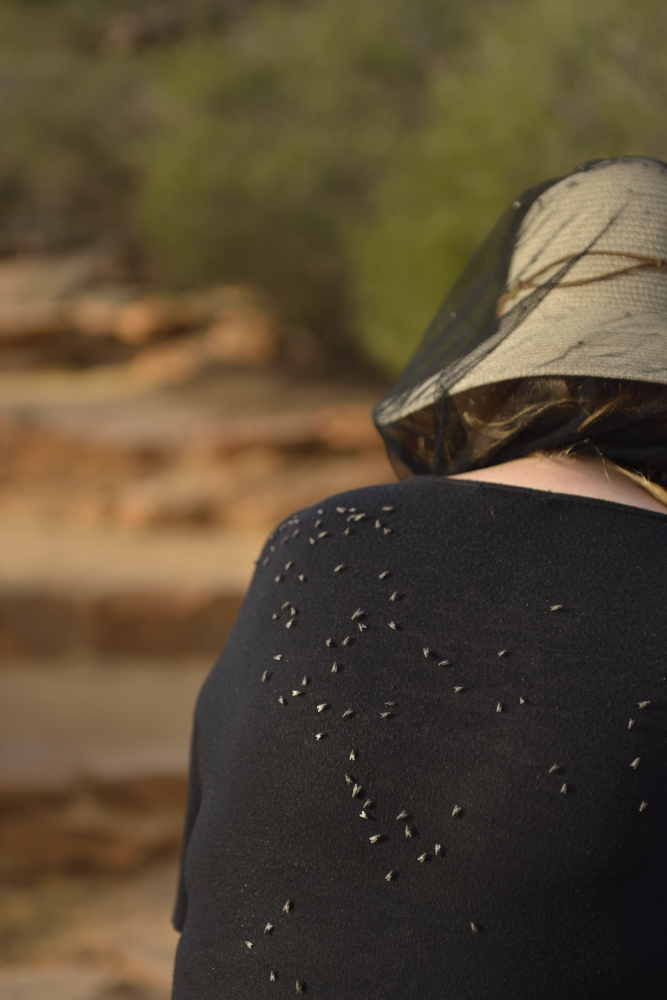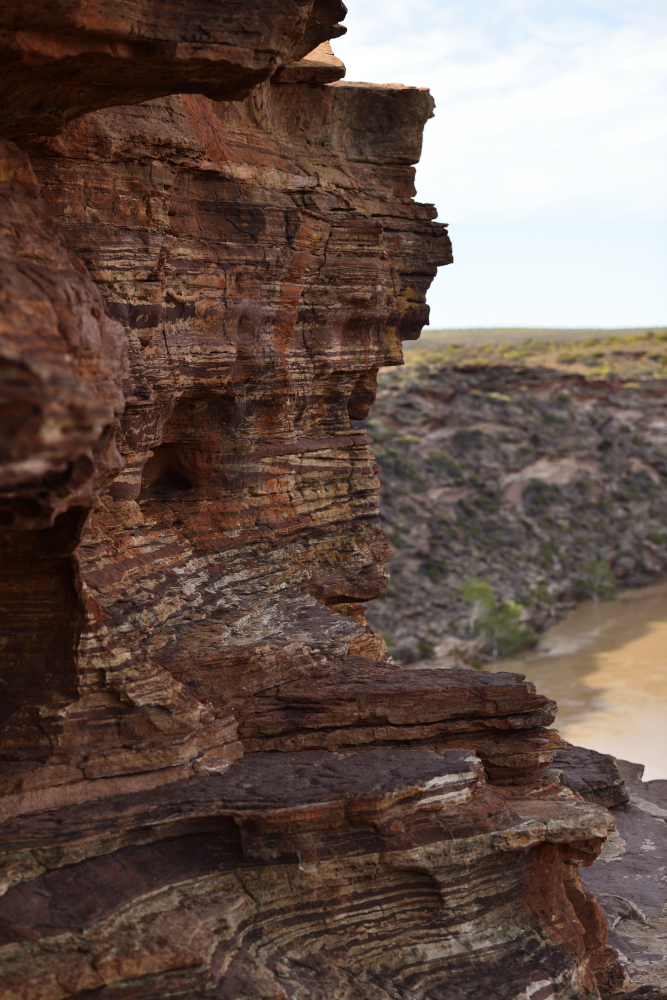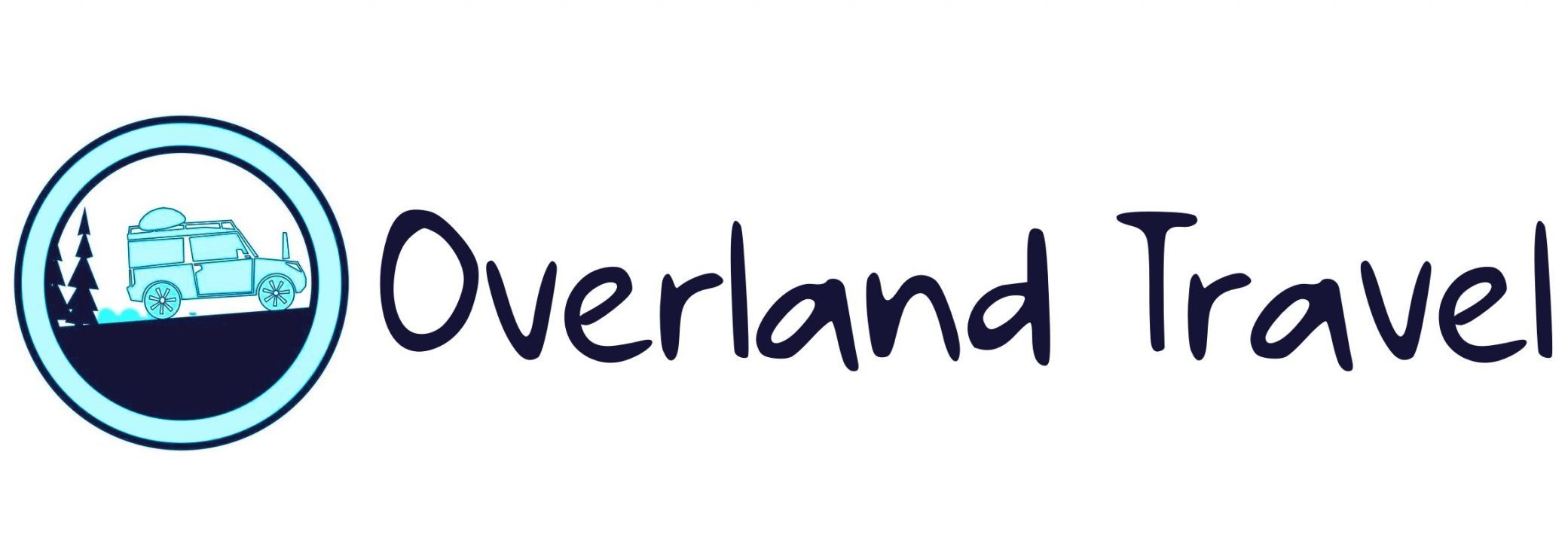From values in the earth, to values in nature.
We have to move on from Kalgoorlie's wild west look. It's otherwise a pretty cool place, with all their old buildings and gold digger fever. The area is dry, but there is a lot of money to be made.
Here, Australia's longest drinking water pipeline runs more than 500 km from Perth into the mining towns. Without fresh water - no life. We follow the pipeline for quite a while and meet a dirt road that invites adventure through the outback. We are not deceived, despite the dry environment, there are still animals to meet.


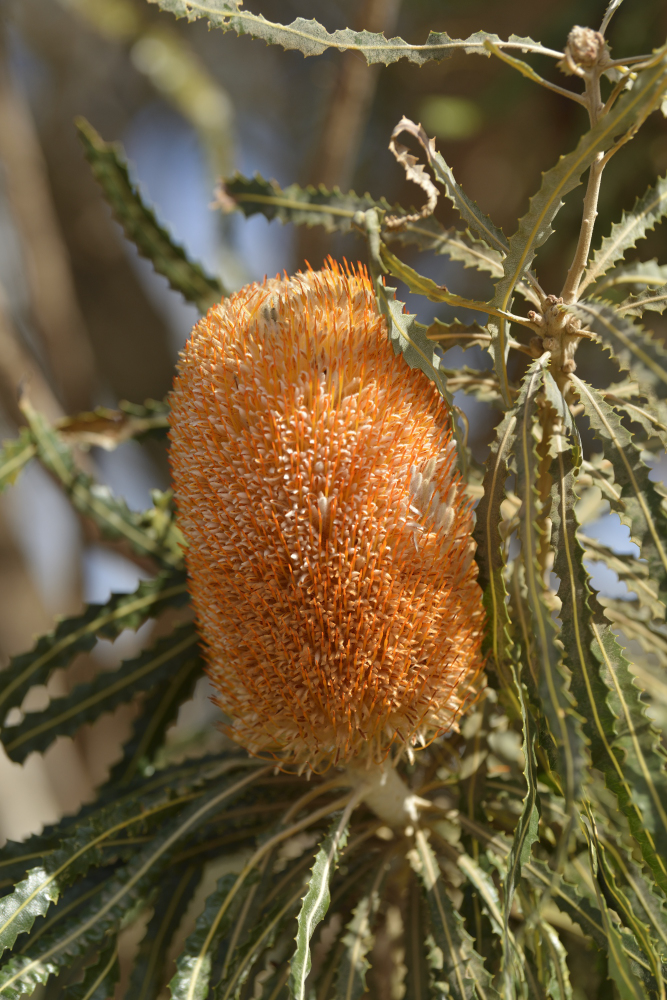
Wave Rock fully lives up to its name. It looks like a wave as it stands there and waves. Various algae grow on the stone and give it a striped pattern. It is not entirely easy to get on the wave, but there are many who give it a shot.
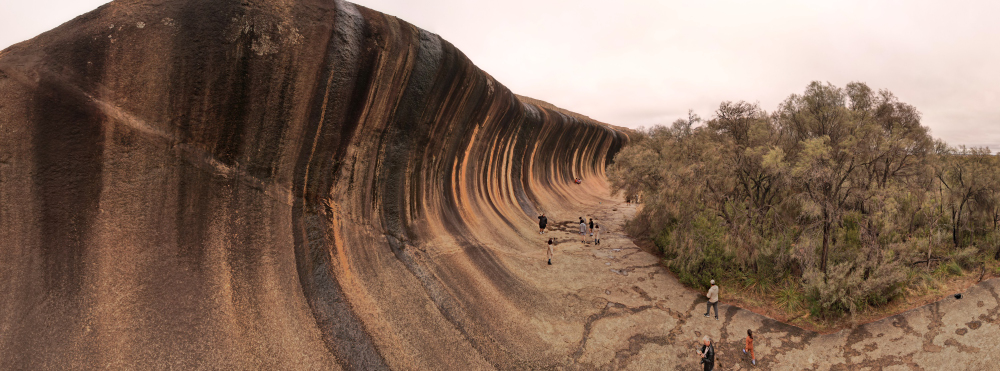
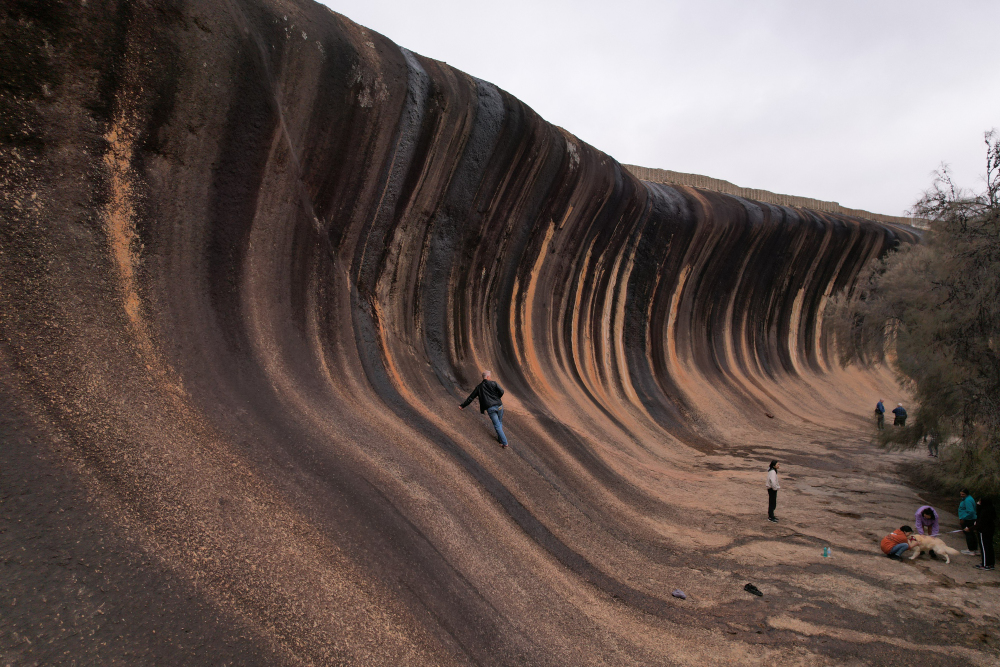
Now you're here and you have to take the right picture home. Left clip flaps at the edge, testify to the hardships of standing firm. A rope and a ladder further on help those who want to get all the way to the top. Our zoological curiosity catches a sign that says Hippos Yawn. With a little imagination, you can see that it looks like a yawning hippopotamus. We really want to make a few big teeth and set up.

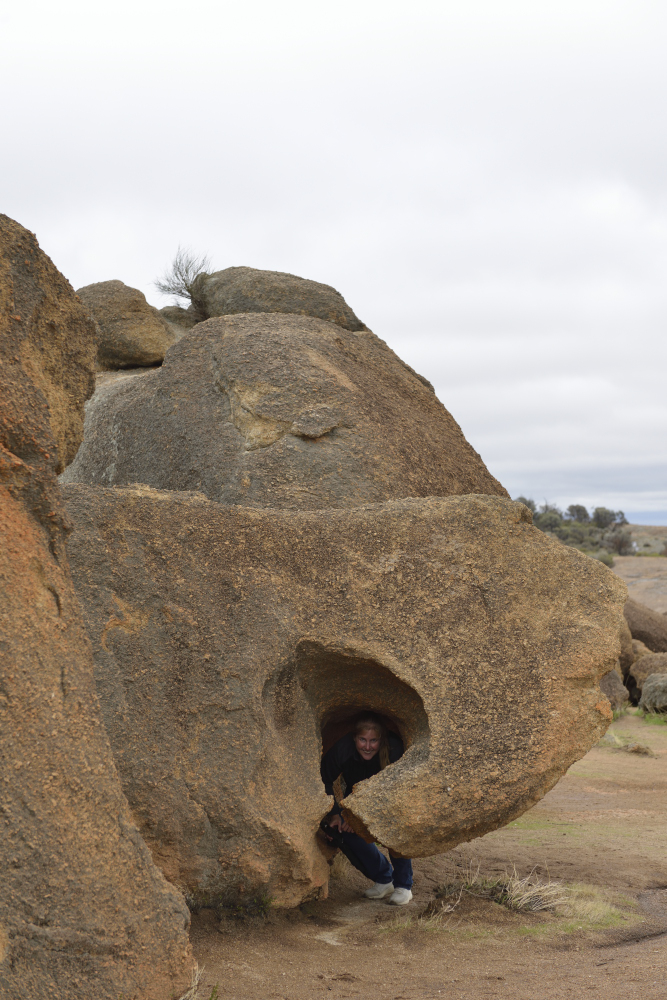
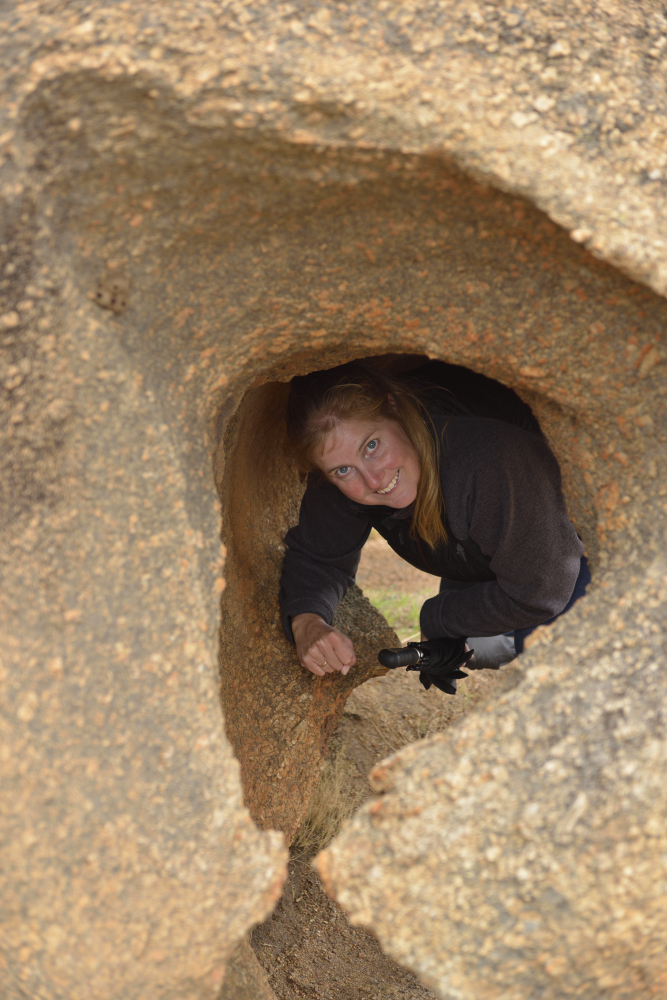
We arrive at Freemantle, which is the town where we should have sent our own car from Denmark in the very first instance. Unfortunately, a virus got in the way of those plans - but now we are here.
A really nice suburb of Perth with a large population of Italians. In restaurants and at bakeries, the most delicious Italian specialties are served - and people look extremely smart.
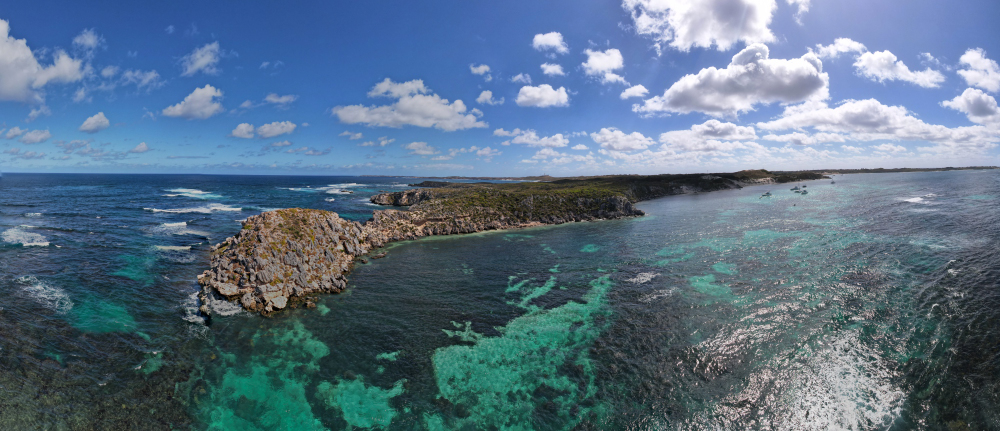
From Freemantle a ferry sails to Rottnest Island. The island known for its Quokkas and selfies with them. At the start it is actually quiet flat water, but further out we can feel the Indian Ocean. Whew, good thing the trip didn't last 5 minutes longer. We arrive safely ashore and expect to see quokkas standing and welcoming on the dock. But no – no Quokka in sight – despite the many advertisements.
We buy a ticket for the island's tourist bus. While we wait we spot our first Quokka. It hides under a bush and seems quite camera-shy. Well, then we'll go around the island and see if we can find the others...
No Quokka in sight. In the name of justice, it should probably also be mentioned that we are over there during the Easter holidays - together with many other tourists. There may not be much to say about them keeping their distance.
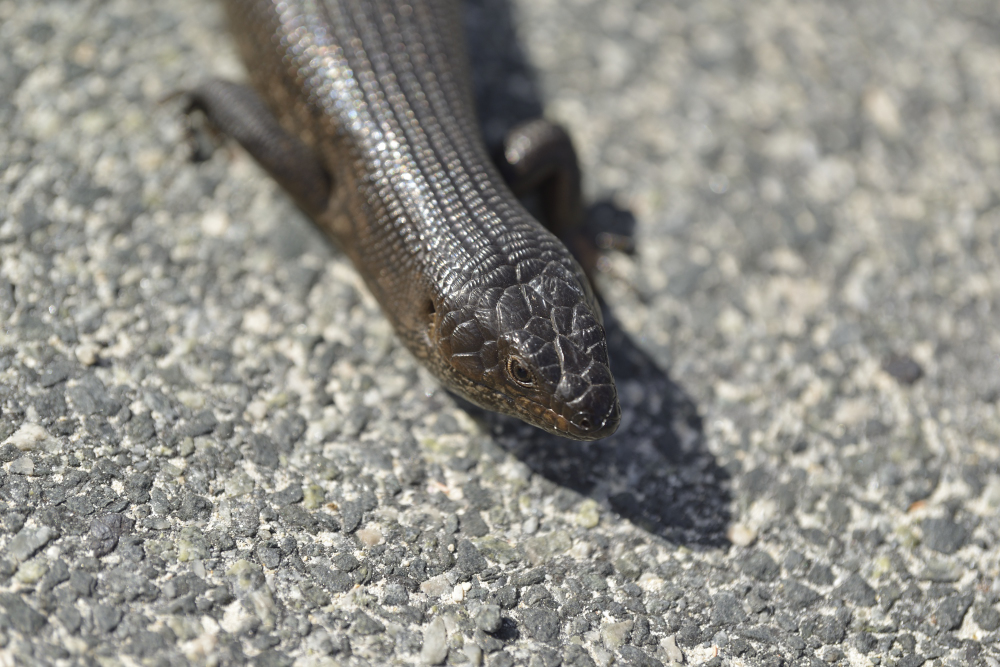
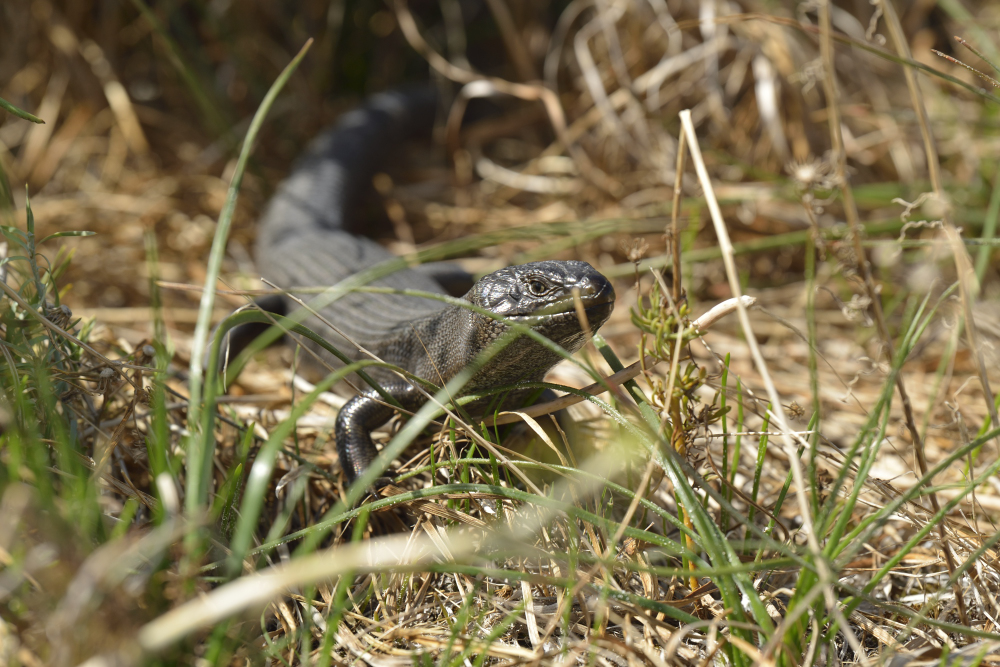
Black skink is a relatively common reptile at Rottnest - so we have to photograph them. After scouting for the little creatures for 6 hours - we give up. Close to a toilet building, there was a single one who jumped around under the stairs, but the big charming selfies didn't happen. You cannot control nature - and sometimes the amount of people and noise means that the animals go into hiding.
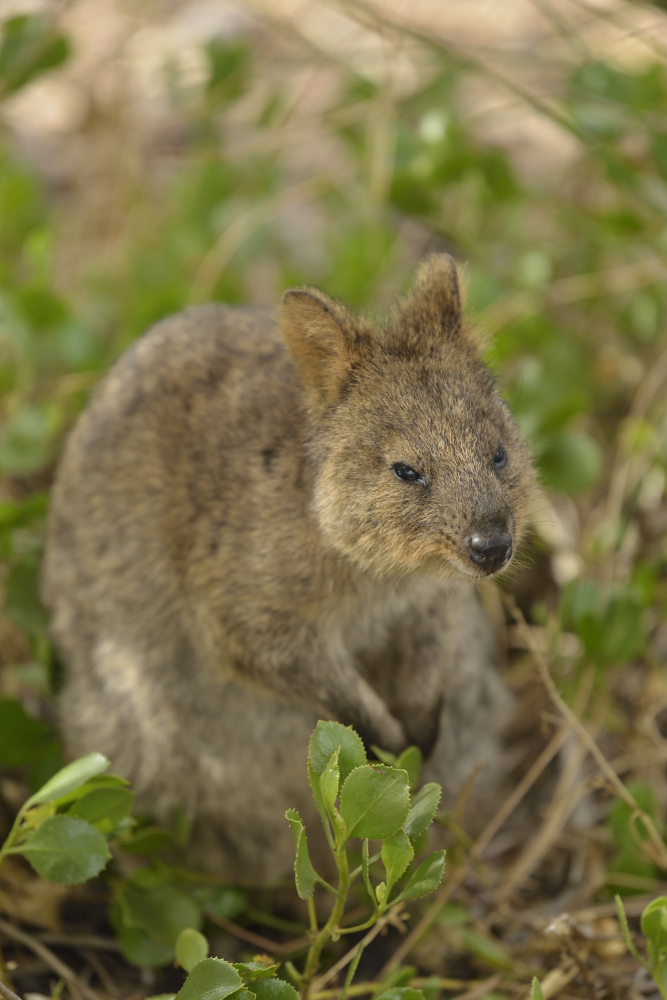
At the harbor there is a maritime museum. We can spend a rainy day there, here is everything from dinghies to submarines, but the nicest thing is now a large food market out front. It's the Easter holidays, so it's full of people. They talk about life freely - a really good atmosphere. We will definitely have lunch here. Right at the water's edge, what an atmosphere.

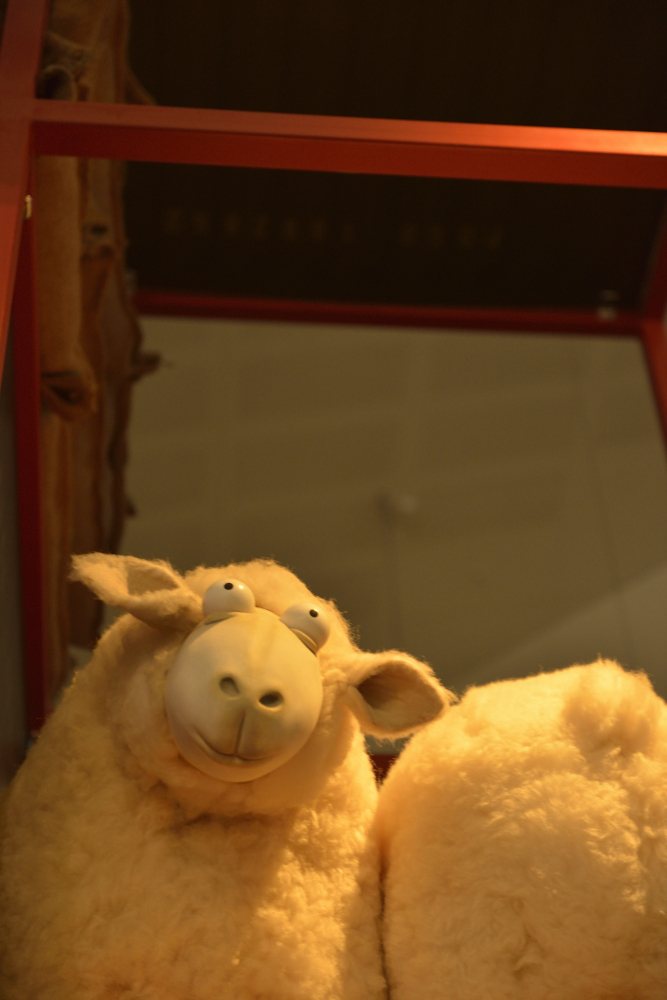
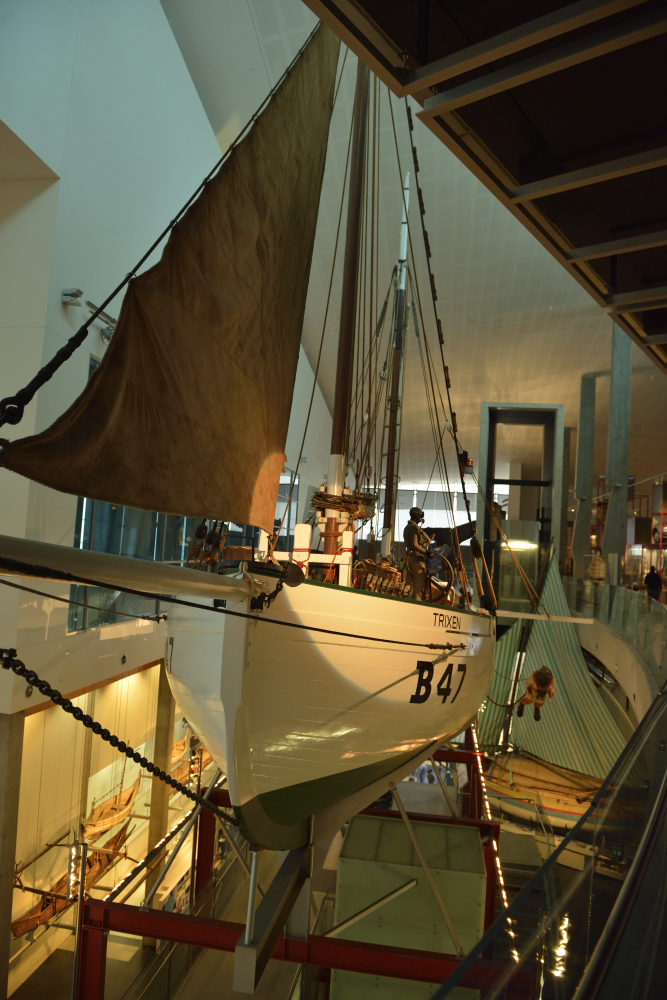
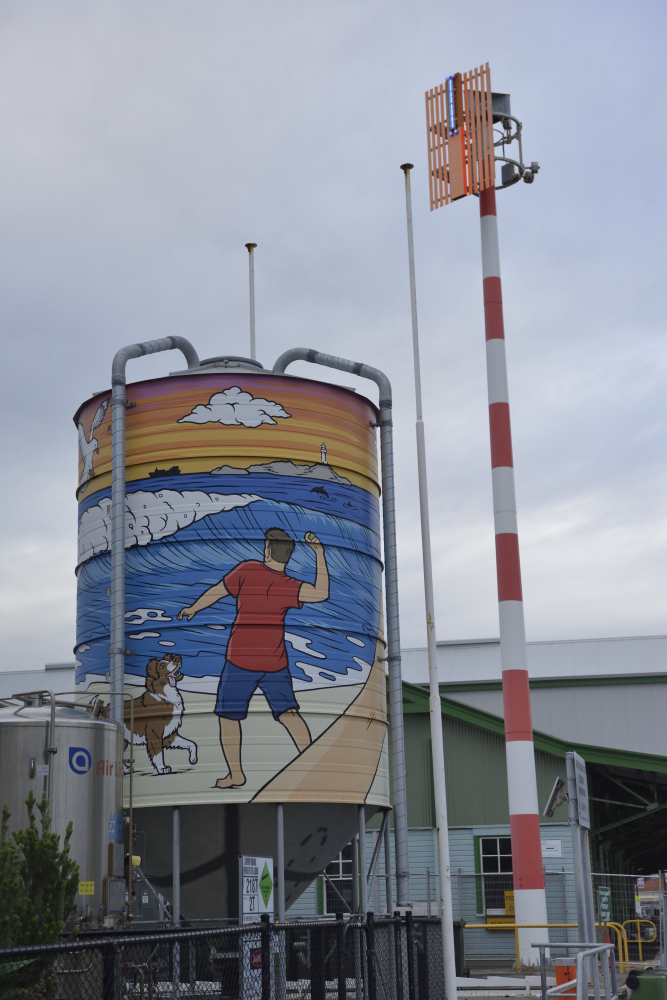
The course is set towards Nambung National Park. Here there are large limestone formations, called pinnacles. Here we also find Pinnacles Dessert, which is a small piece of desert. There are thousands of pillars shaped by weather and wind over time. We've never seen anything like this before. It is quite impressive, so the hours pass in interesting surroundings.
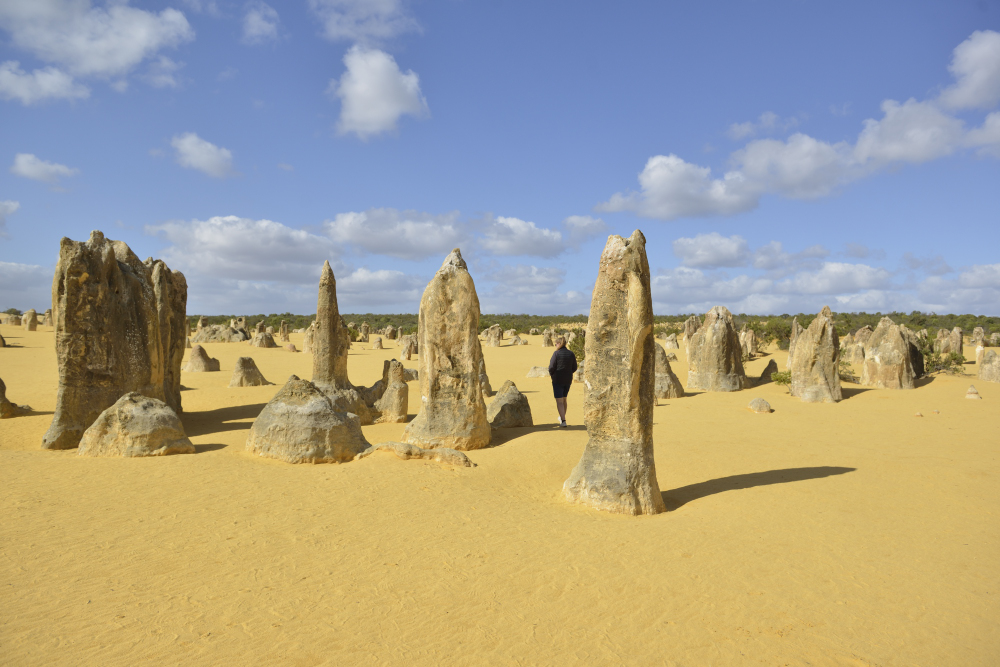
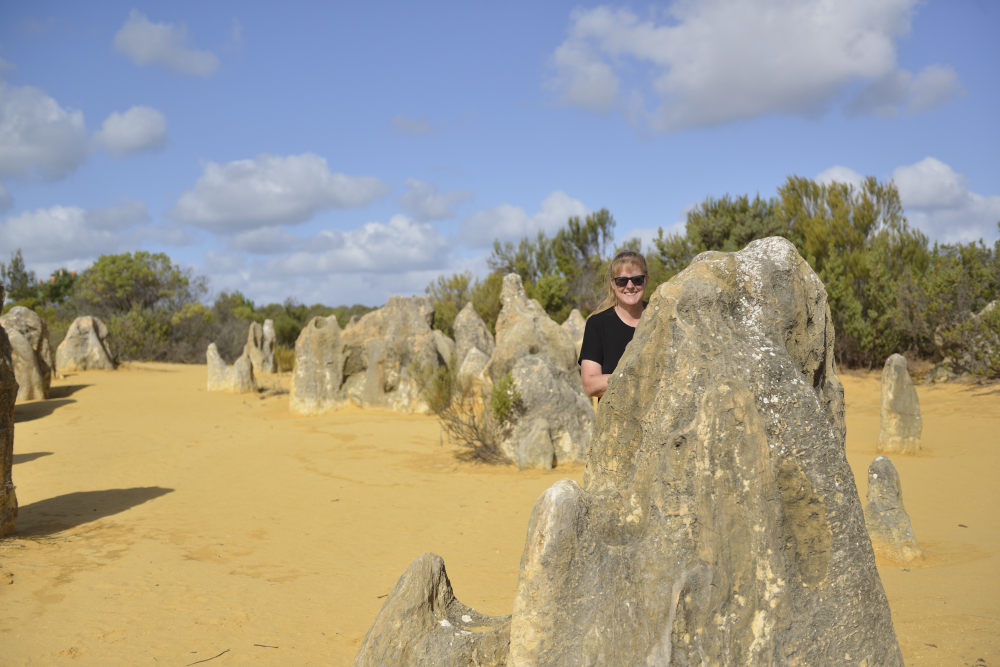
Western Australia is a large state. If it were independent, it would be the 10th largest country in the world. About 80% of its 2.8 million inhabitants – are concentrated around Perth and the suburbs.
In Kalbarri we feel a bit like in a Crocodile Dundee movie. Here are red rocks, outback and a river that has been supplied with copious amounts of water from the north. There is some flooding and it is clear that there is more flow than usual.
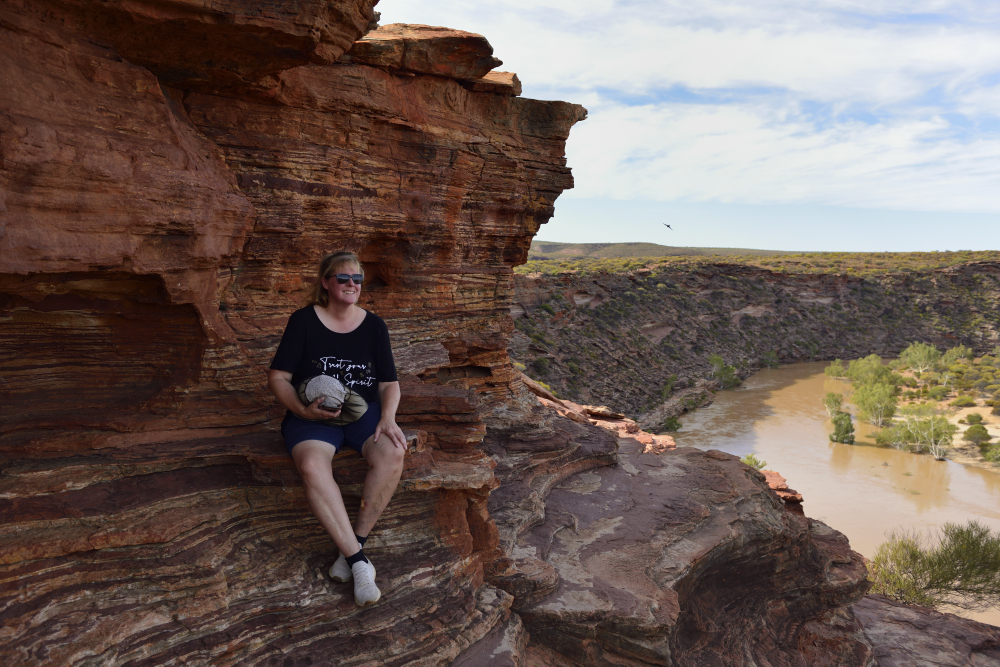
We had kind of forgotten all about the fly hell in the outback, but have been reminded quite strongly of them again. On with the fly net and out to experience nature. On the trails, you can hear it clearly when you haven't brought the fly net. There is coughing and hacking when you have swallowed a fly.
It may well be that we look a little silly with nets on - but we are not the ones munching on the insects.
